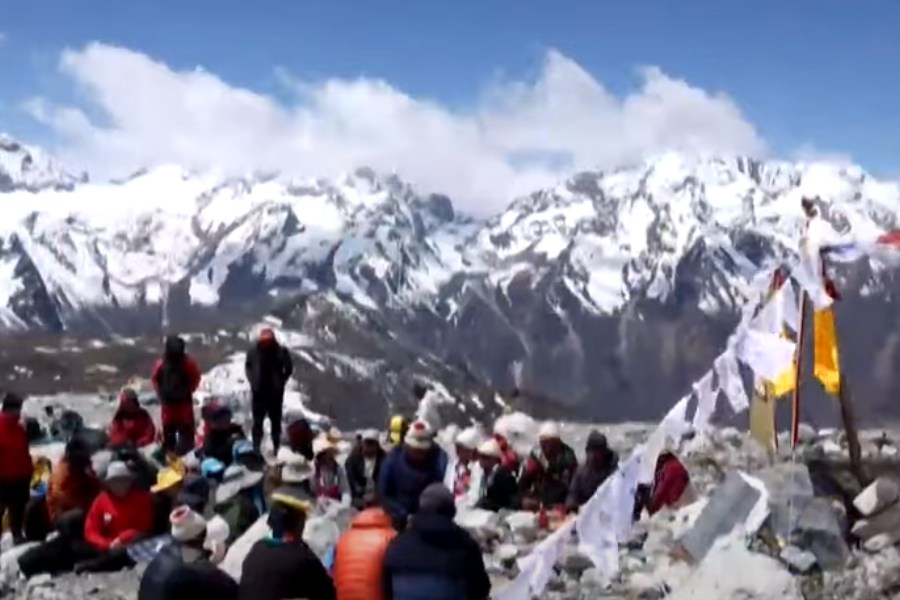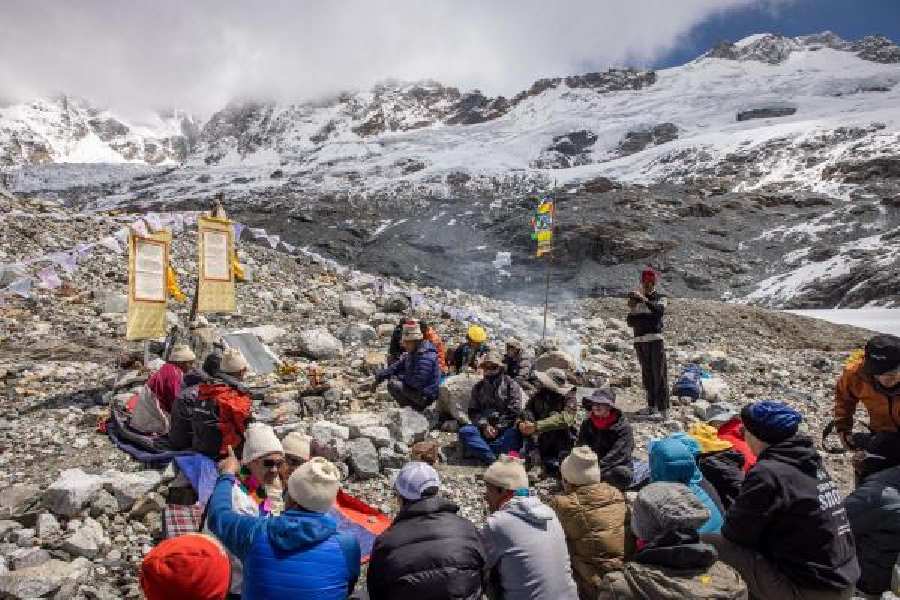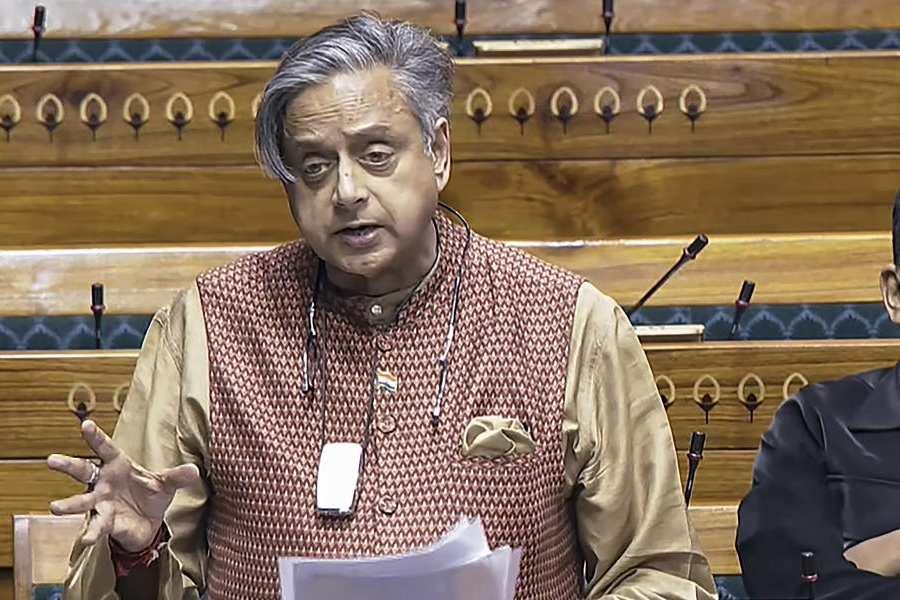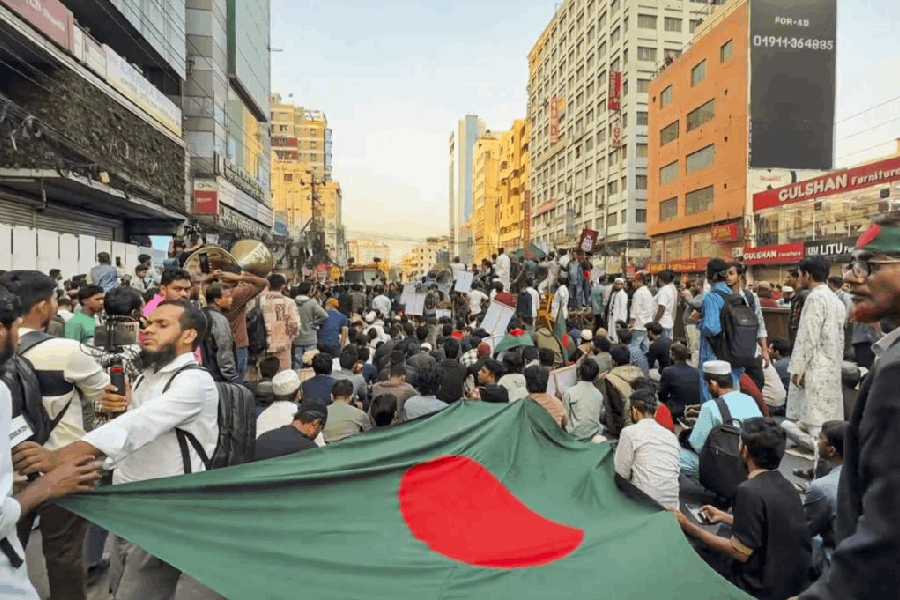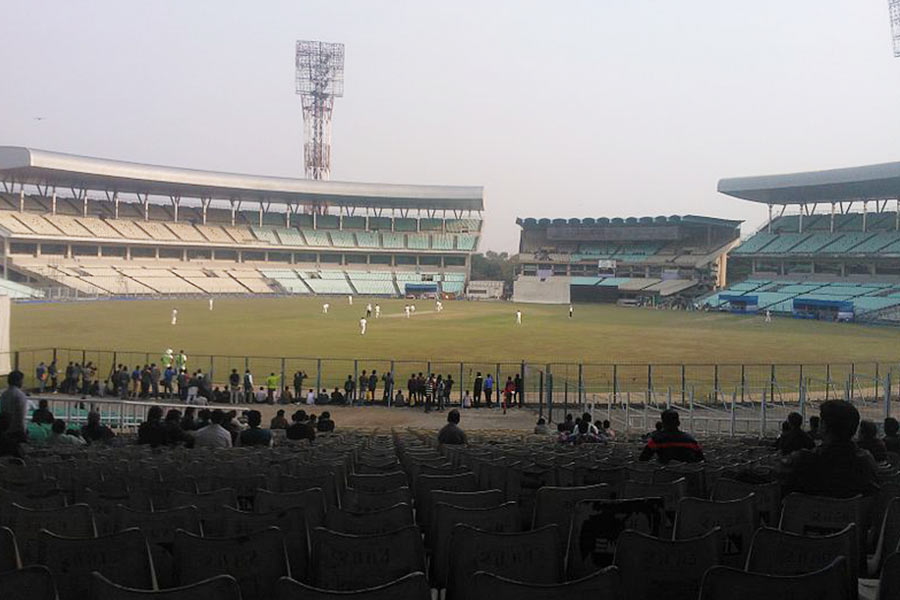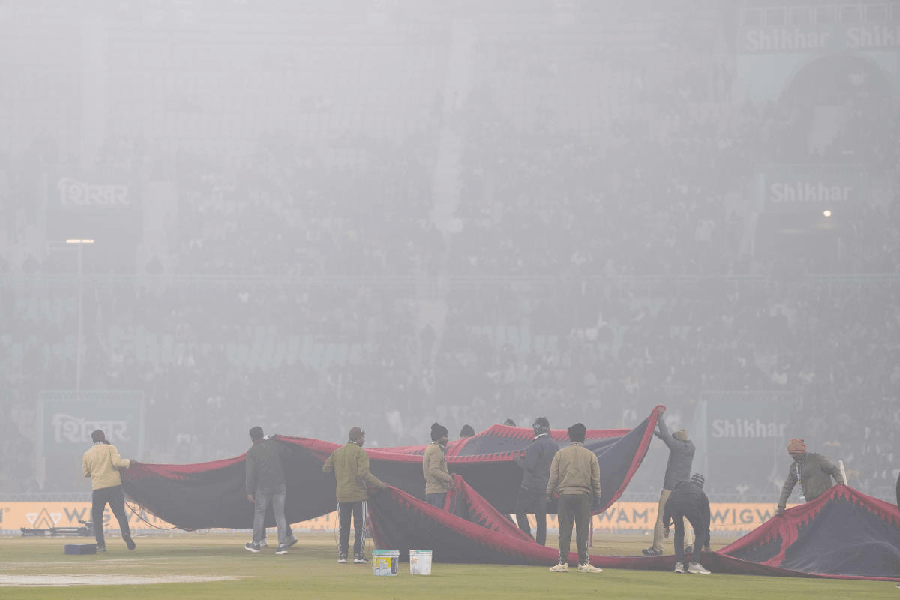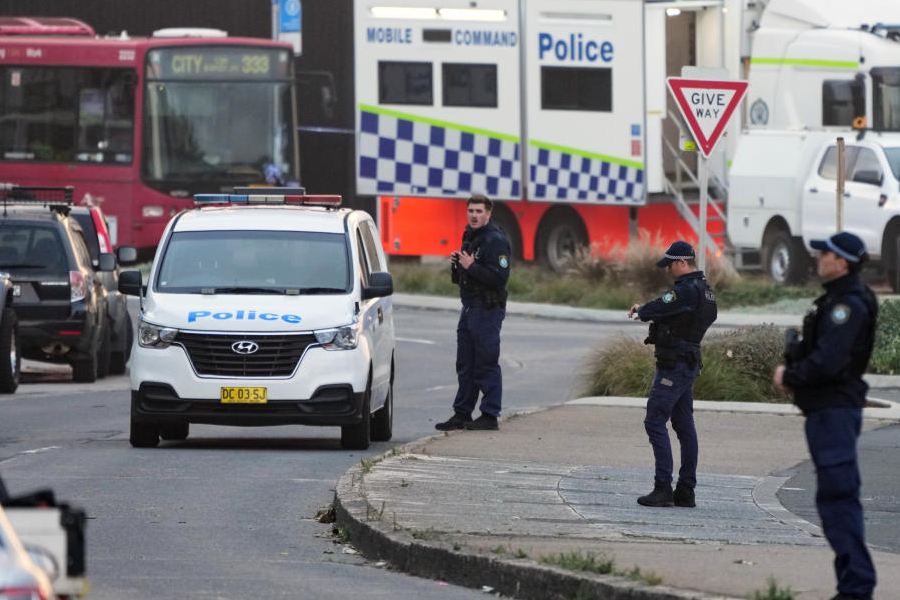Nepal’s Yala Glacier has officially been declared dead — the first such loss recorded in Asia and only the third globally after Iceland’s OK Glacier and Mexico’s Ayoloco Glacier.
Once a vital part of the Himalayan ice-scape, the Yala Glacier has shrunk by 66 per cent since the 1970s and retreated nearly 784 meters, marking a devastating new chapter in Earth’s climate crisis.
This glacial demise was brought into sharp focus by Rajeshwar Singh, the BJP MLA from Lucknow, who described it as a stark and urgent warning from nature.
Singh also shared an article by Hindustan Times chronicling the death of Yala Glacier.
His post implores urgent action, echoing scientific concerns and international climate findings.
According to recent data, the Hindu Kush Himalayan (HKH) region — home to 54,000 glaciers — is facing catastrophic losses due to rapidly rising temperatures.
Glacier melt in the region is now 65 per cent faster than in the early 2000s.
Despite its vast 3,500 km span, only seven glaciers in the HKH are monitored annually, revealing glaring gaps in our environmental oversight.
A memorial stone has been placed at Yala Glacier, inscribed with one of the highest carbon dioxide concentrations ever recorded in human history — 426 parts per million (ppm), dated May 2025.
It stands not just as a tombstone for a glacier, but a warning in stone.
Since 1961, Earth has lost an estimated 9.6 trillion tonnes of glacial ice, contributing to 21 per cent of the total global sea-level rise.
The implications are profound, especially for South Asia.
Himalayan glaciers are the lifeblood of 10 major rivers including the Ganga, Brahmaputra, and Indus, sustaining over two billion people.
As glaciers retreat, they jeopardize water supply, irrigation, and hydropower across the region.
Compounding the crisis, glacial lakes in the Himalayas have increased by 50 per cent since the 1990s.
This has elevated the risk of devastating Glacial Lake Outburst Floods (GLOFs), such as those seen in Bhutan in 2017 and more recently in Sikkim in 2023.
Across the globe, communities have begun mourning their vanishing ice with symbolic glacier funerals.
From Iceland’s OK Glacier in 2019 to Switzerland’s Pizol and Basòdino glaciers, and the Clark Glacier in the USA, each farewell signals another irreversible loss.
Bhutan’s Lemthang Glacier was also unofficially mourned after a destructive event in 2017.
India finds itself among the top 10 countries most vulnerable to climate-induced disasters.
Himalayan states such as Uttarakhand, Himachal Pradesh, and Sikkim are already witnessing heightened risks from melting glaciers and GLOFs.
Scientists warn that even if global warming is limited to 1.5°C, glacier loss will continue — though aggressive mitigation can still slow its pace.
The message is clear: urgent emission cuts, renewable energy transitions, sustainable agriculture, and waste reduction are not optional — they are imperative.
Rajeshwar Singh’s post ends with a call for collective action.
“The stone left at Yala Glacier isn’t just a memorial — it’s a warning. We know what’s happening. We know what must be done. Inaction today is betrayal of tomorrow,” he writes.
His call to action: switch to renewable energy, plant more trees, improve energy efficiency, and protect forests.
As Singh urged — “Gear up, Step up, Speak out.”

